In mid-March last year, the popular Brooklands race track and museum closed its gates and I lost one of my regular haunts for the duration. This remarkable car, bike, plane and bus museum, set against the backdrop of the old banked race track of 1907, is just a few miles from my home and I tend to treat it as a sort of club to visit on impulse.
There’s always something new to see, especially in normal times when owners of veteran and vintage cars and motorcycles arrive and park outside the clubhouse.
With the ever-present threat of Covid, Brooklands—in common with all similar museums—was shuttered for many months. In July this year, it came back to a semblance of life but in a very restricted way. Limited pre-booking, checks, mini-lectures on avoiding the plague, masks, segregation and outdoors only was the order of the day for much of this year. I don’t blame the staff, they were following best practices. But it was a monumental bore and, I gradually stopped visiting.
Back to normal
The good news is that Brooklands is now more or less back to normal. Segregation has ceased. There is no pre-booking except, as usual, for weekend events. For one minor club member, it is now again a place to call in, have a coffee and check to see if any visitors have brought their interesting old cars for display.
The last day: Empty tables, empty chairs as the Sunbeam Cafe becomes “socially distanced” at a time when we were just beginning to get used to the awful phrase. A deserted section of the 1907 banked race circuit seen from the Members’ Bridge. Only a world war, a severe flood and a disastrous pandemic could close it to visitors.
What’s more, the weekend events are back. The annual American Day took place ten days ago, with a huge turnout of visitors. And a week before that, Ford owners put on a magnificent display of Cosworths to get the lust juices of running.
The Ford fans were joined on-site the same day by a rather odd-ball collection of very ordinary vehicles from the second half of the 20th Century. These were the HubNuts, the unsung heroes, the cars that people just don’t collect but which probably more accurately reflect their times than the exotica we are used to drooling over.
At all classic car events, it has become de rigueur to raise one’s bonnet (or hood for American cars) to display a magnificent engine room, often painted and polished to a standard that was never seen on the original.
Doffing the bonnet
Even the HubNutters raised their modest bonnets and treated us to a memorable whiff of mediocrity. Why not? At least there’s more going on under the hood of a Dacia Duster than there is in a Tesla Model 3.
This motley collection at Brooklands was a gathering of fans of the remarkable HubNut YouTube channel. Curated by classic car journalist Ian Seabrook, HubNut features what Ian himself describes as his fleet of “shambolic motor vehicles”. I confess I’ve become rather addicted to Ian’s adventures with a collection of oddities, including the once ubiquitous but very unstable Invacar, of which more later. If you’re interested, why not start by watching Ian’s road trip in the Invacar?
What will car nuts do on future classic days? No point in raising the bonnet on EVs, no engine to be seen. Except, that is, with the MG ZS that I glimpsed at another (non-Brooklands) event, the Fully Charged Outdoors exhibition at Farnborough, home of the annual air show.
The MG embraces its electrical mechanics and puts on a pretty convincing demonstration for future classic bonnet raisers. I confess I was rather shocked because all this gubbins on my Tesla is well hidden. I had no idea electric traction could be so complex.
Derry and the Invacar, a digression
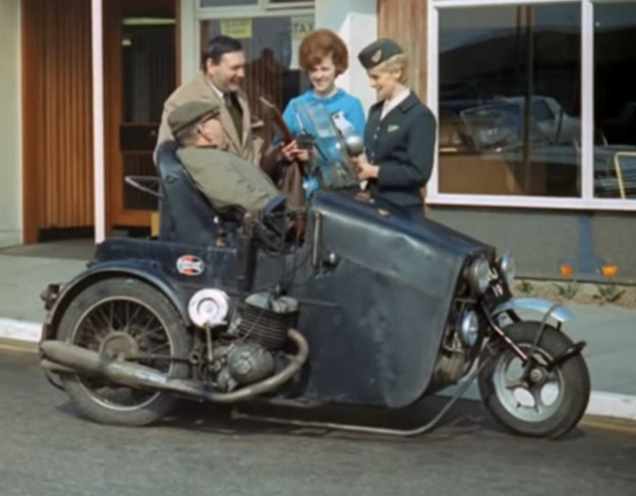
The Invacar, a Villiers-engined single-seater doled out by the State to people with mobility problems in the decades following the war, was produced by at least two companies, AC (which had its original home near Brooklands) and the Greeves motorcycle company in Essex.
Bert Greeves’s partner in this project, his cousin Derry Preston-Cobb, was severely handicapped and played a decisive role in ensuring that the little car was as easy to drive as possible. He was known to race the latest model around the factory test track on a Saturday morning.
Derry Preston-Cobb was definitely a one-off, embracing his physical shortcomings with gusto and without the slightest hint of resentment.
Barging in
The American Day, which predictably features old American cars, some as long from bow to stern as the remaining stretch of the banked race circuit, was busier than ever. I suspect this is a reaction to the strictures of the past eighteen months, with most people keen to get out and about.
On the way to the circuit, though, I did see a sad sight as an unfeasibly long teal-blue Ford was winched onto the back of an Automobile Association truck. All that fettling and polishing, only to cop out under two miles from the circuit. I shed a little tear for the owner.
The events are now back in full flow, spearheaded by a Stirling Moss Tribute on September 12 and the Emergency Services Day (any old ambulances or horse-drawn fire engines, anyone?) on the 26th. As the autumn sets in, there’s the Mini Day on October 3rd and the Italian Car Day on the 10th. They should combine the two and call it The Italian Job.
On October 24th, it’s the turn of the on-site London Bus Museum to stage the usual fascinating turnout of vintage public transport, followed on the 31st by the Vintage Sports Car Club with a delicious display of iconic cars from the 20s and 30s, plus the chance to view competitive trials on the famous test hill.
Military mayhem
One of my annual favourites, however, is the Military Vehicles Day on November 21. It’s always a glorious hotchpotch of military mobility and death-dealing, warmongering gear and impedimenta from all over the world, but with a strong emphasis on the UK and US origin. To add to the interest, there’s also a lot of dressing up (now known as cosplay, after the Japanese blueprint, I believe), the ideal stomping ground for the amateur photographer.
Here are some shots from the Brooklands Military Day in 2016
Unlike daily visits, it does pay to pre-book the more popular events and you can do this here.
This little article is a celebration of a return to the new version of normal. Just visiting one of these events shows just what we have all missed out on during the past eighteen months. It’s such a relief to meet people and chat without calling across a football pitch.
All images were taken by Mike Evans using Leica Q2, Leica SL2 with Panasonic 24-105mm, Leica Monochrom 246 with 75mm Apo–M.
More on past Brooklands events
Make a donation to help with our running costs
Did you know that Macfilos is run by five photography enthusiasts based in the UK, USA and Europe? We cover all the substantial costs of running the site, and we do not carry advertising because it spoils readers’ enjoyment. Every amount, however small, will be appreciated, and we will write to acknowledge your generosity.

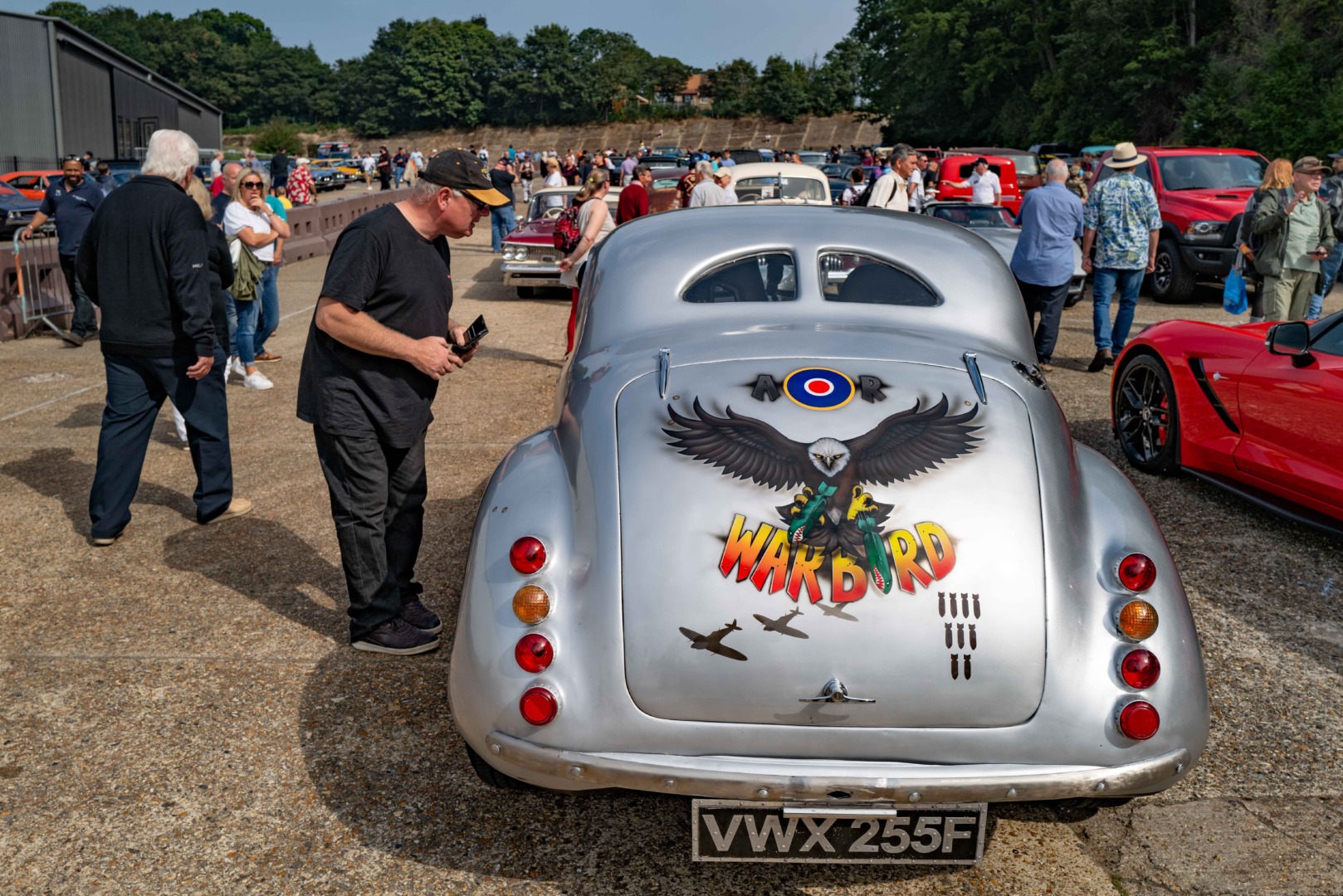
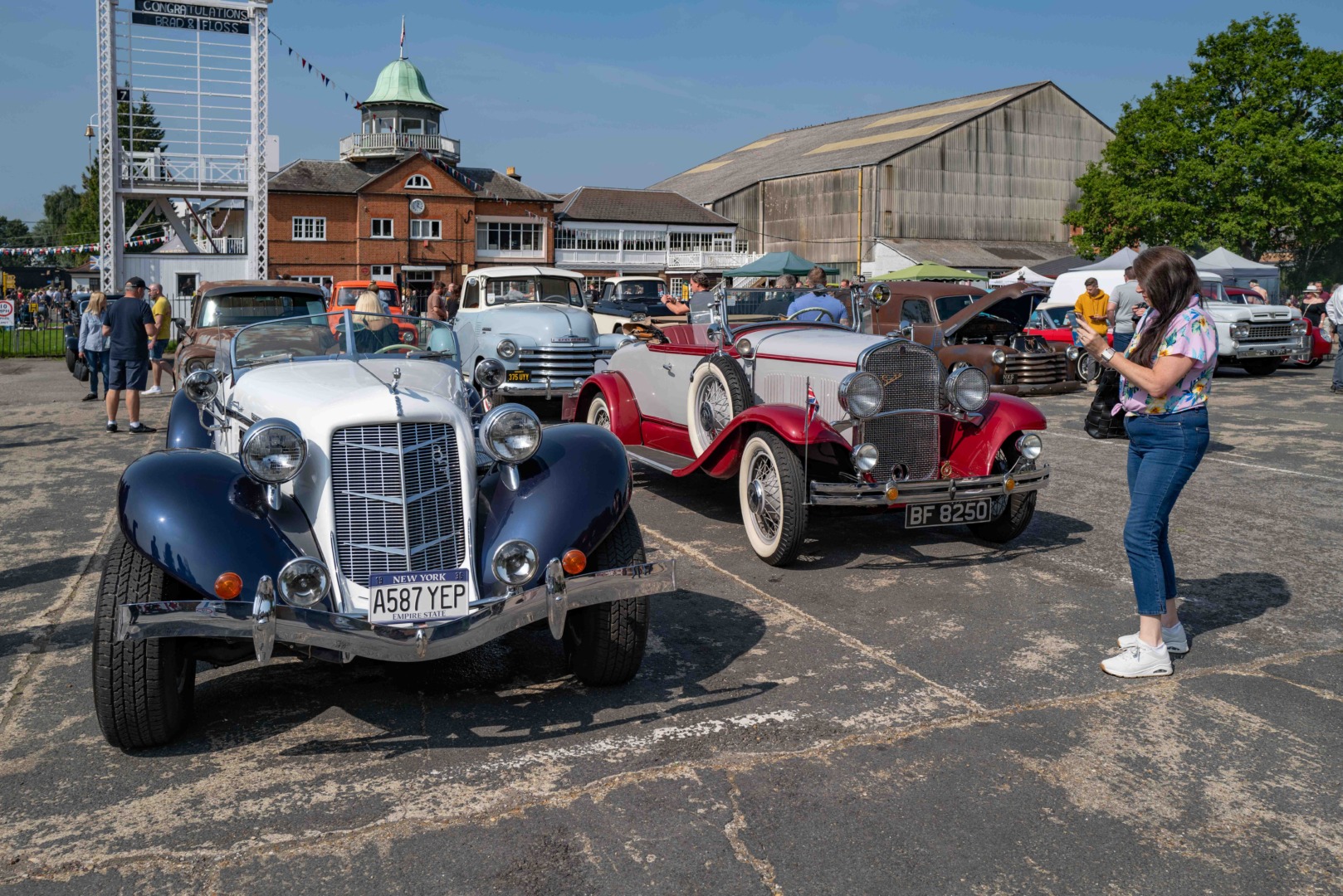
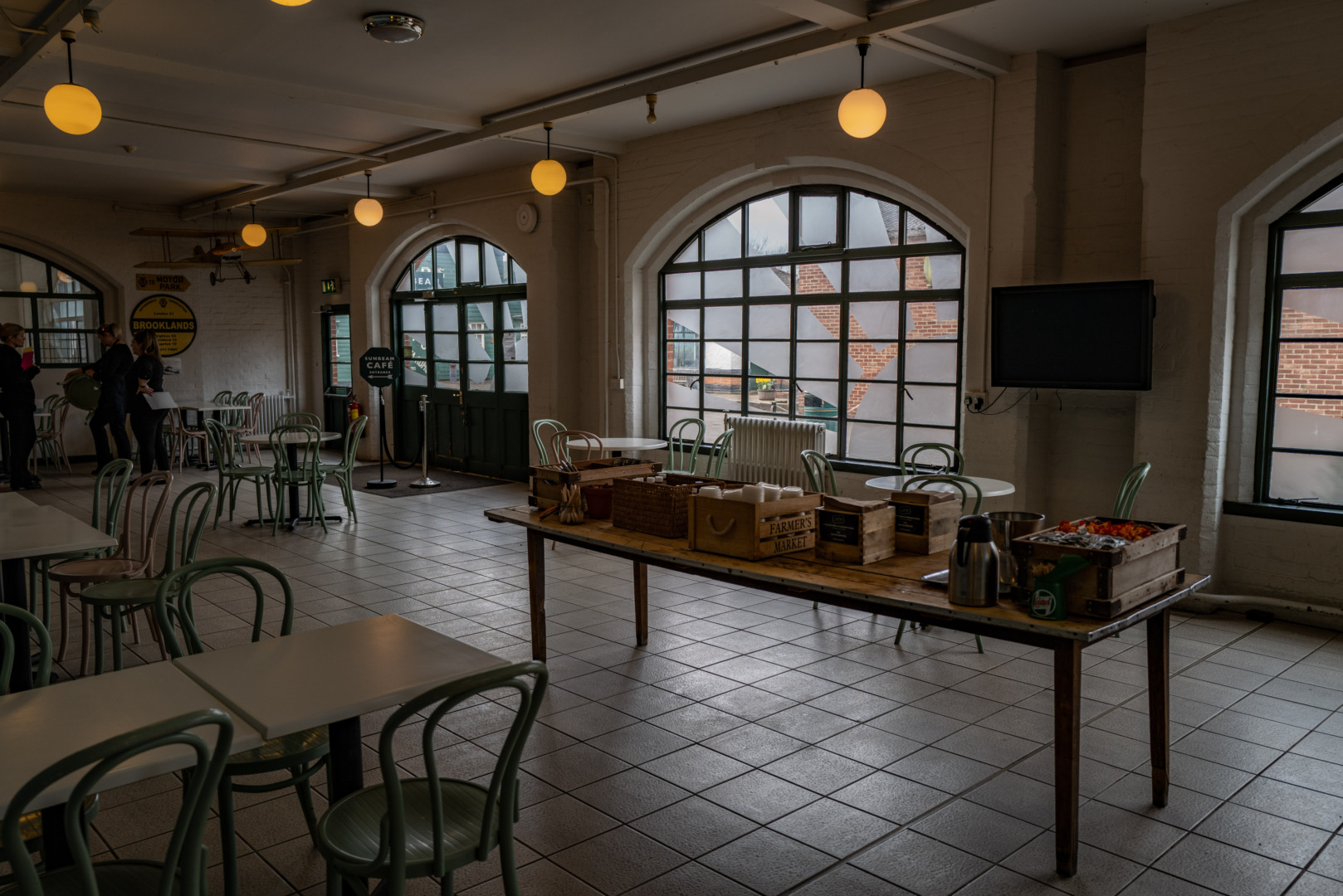
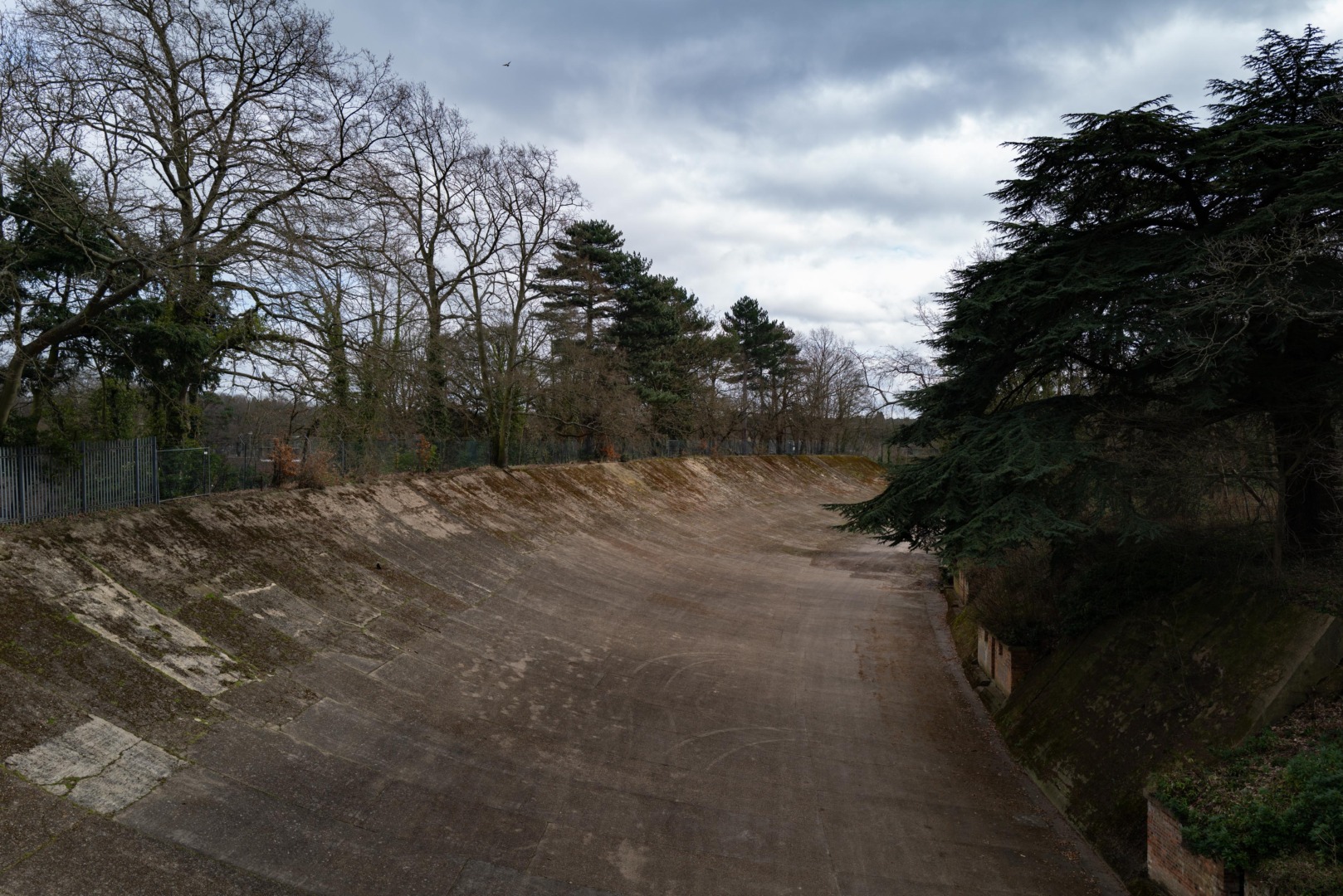
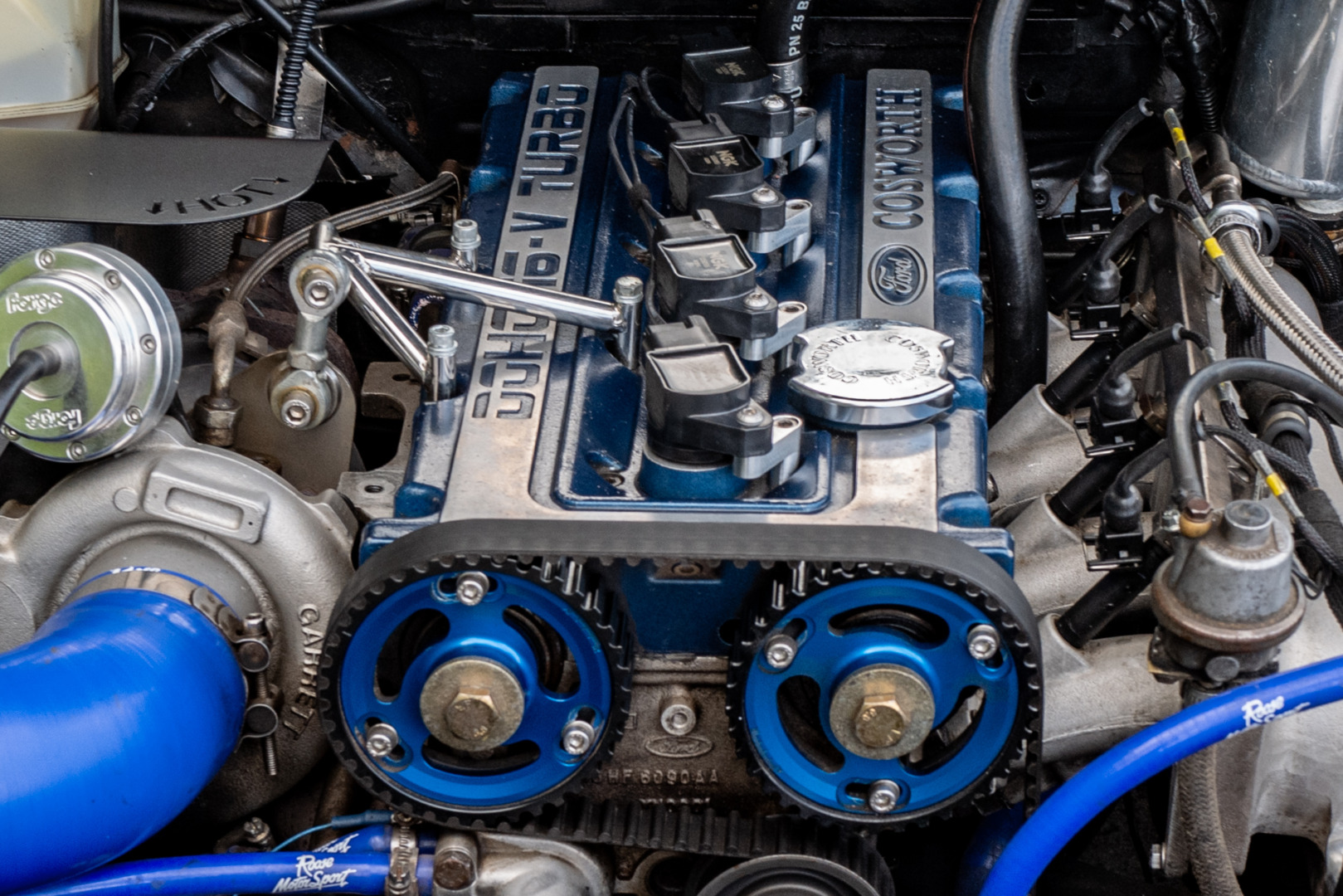
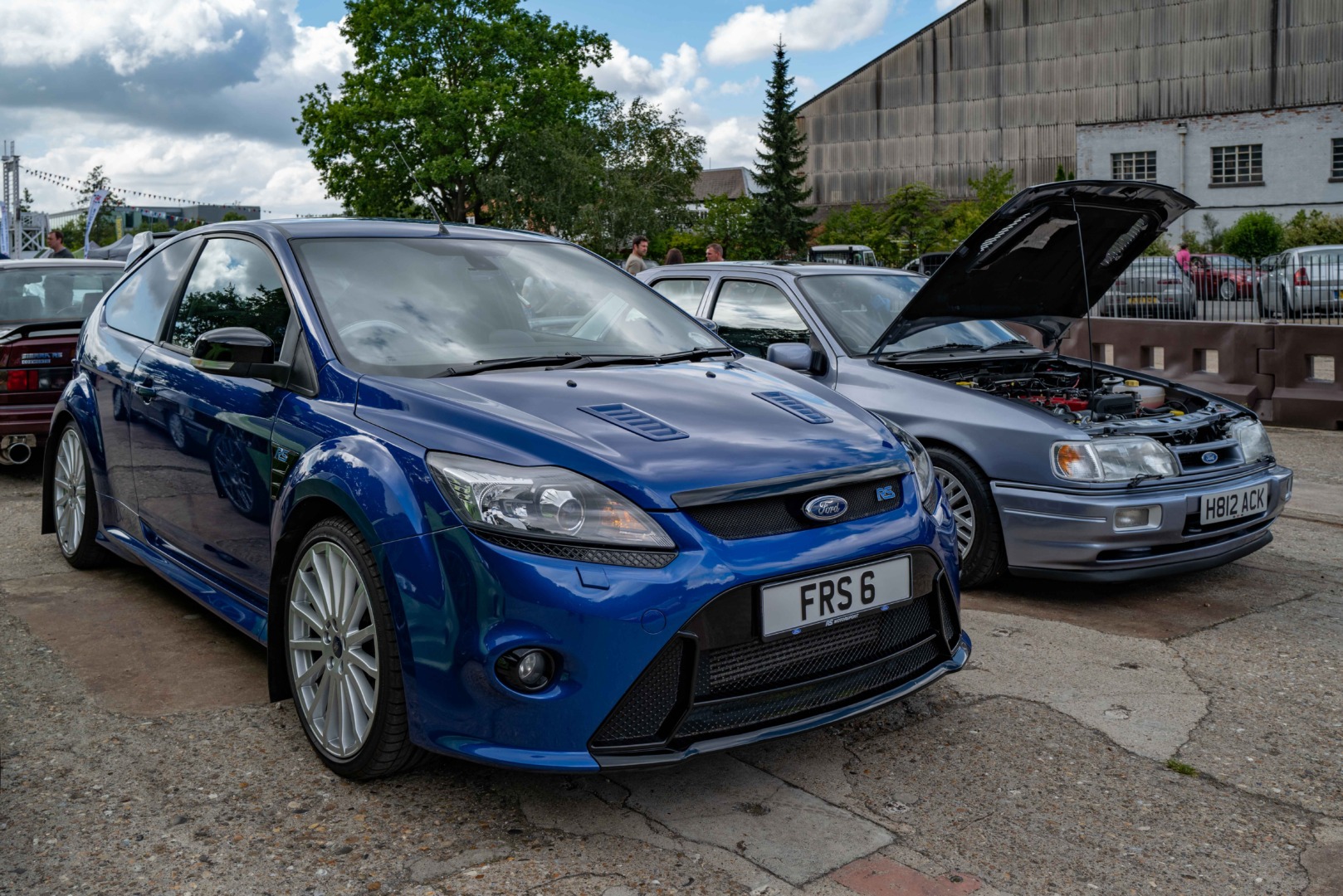
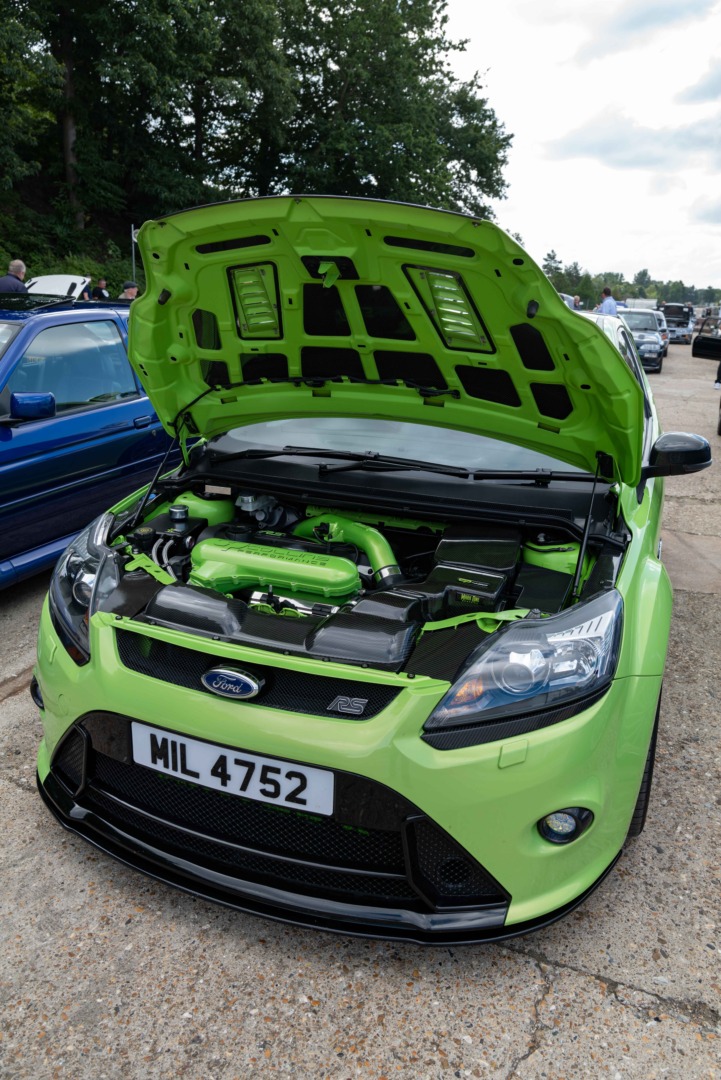
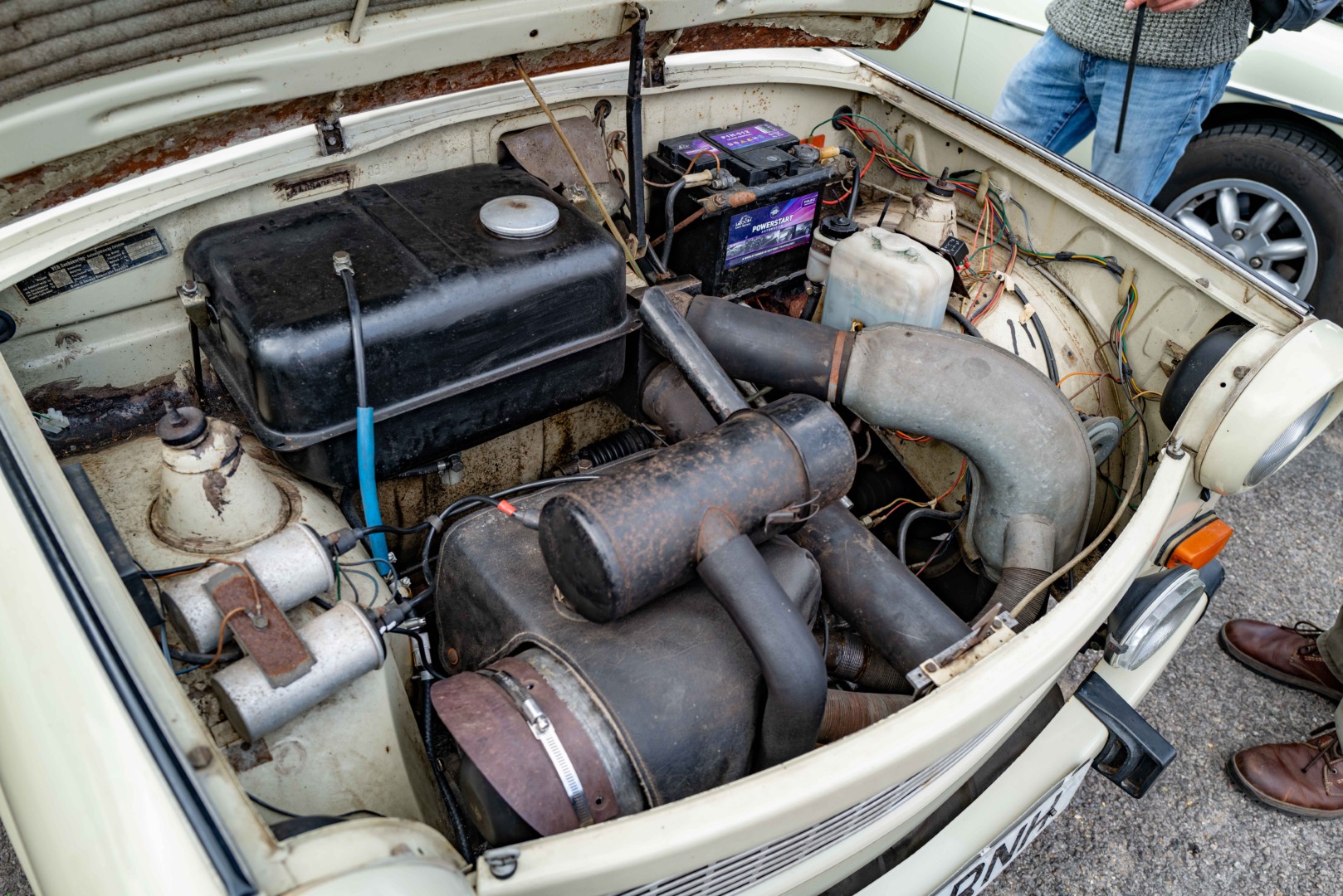
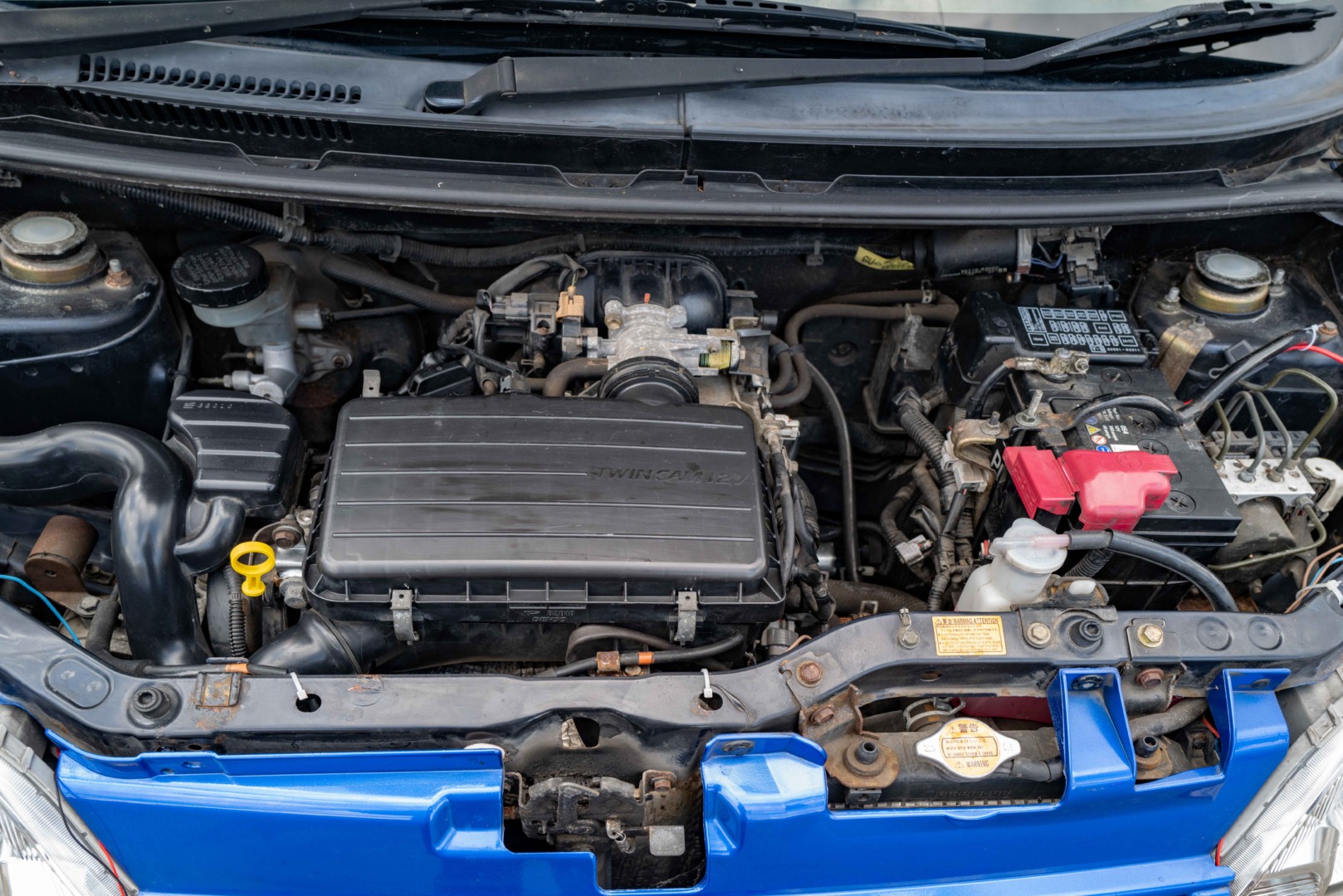
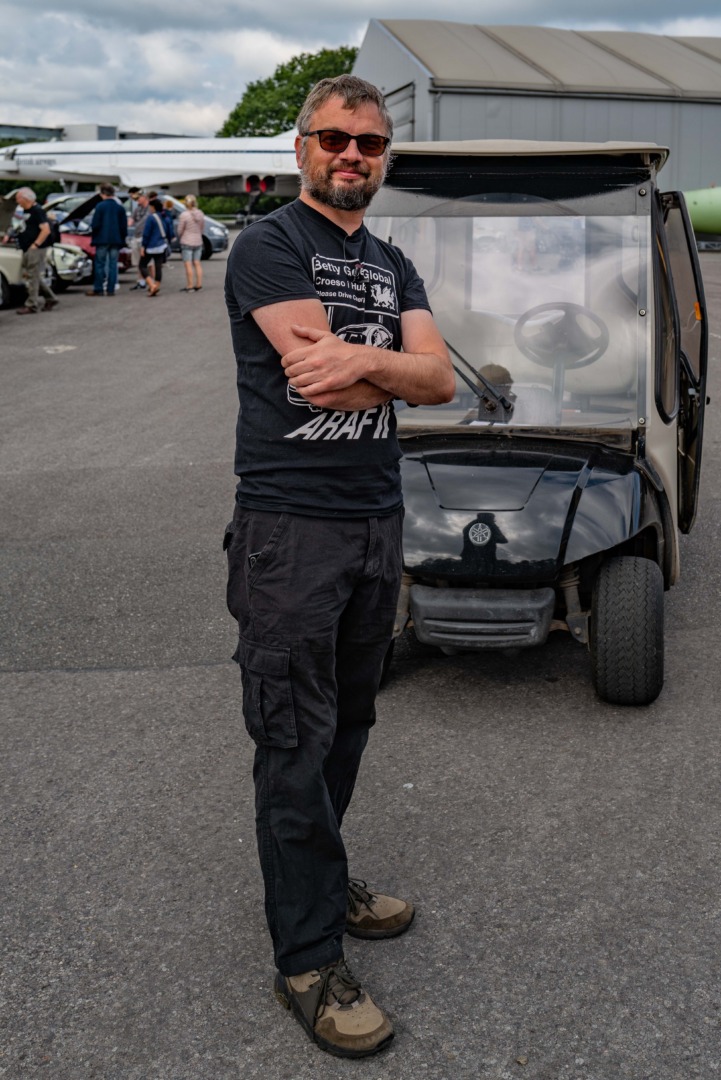
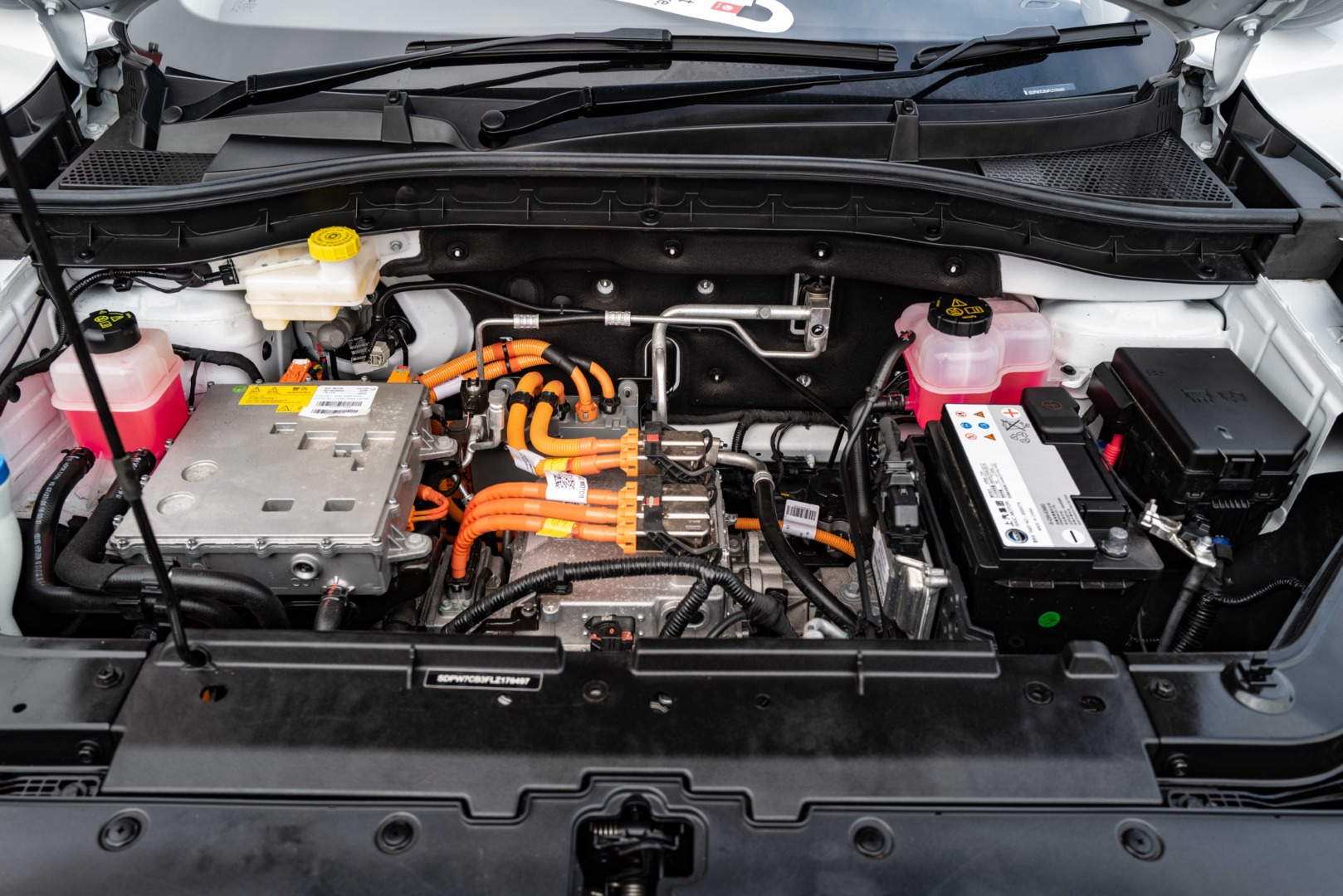
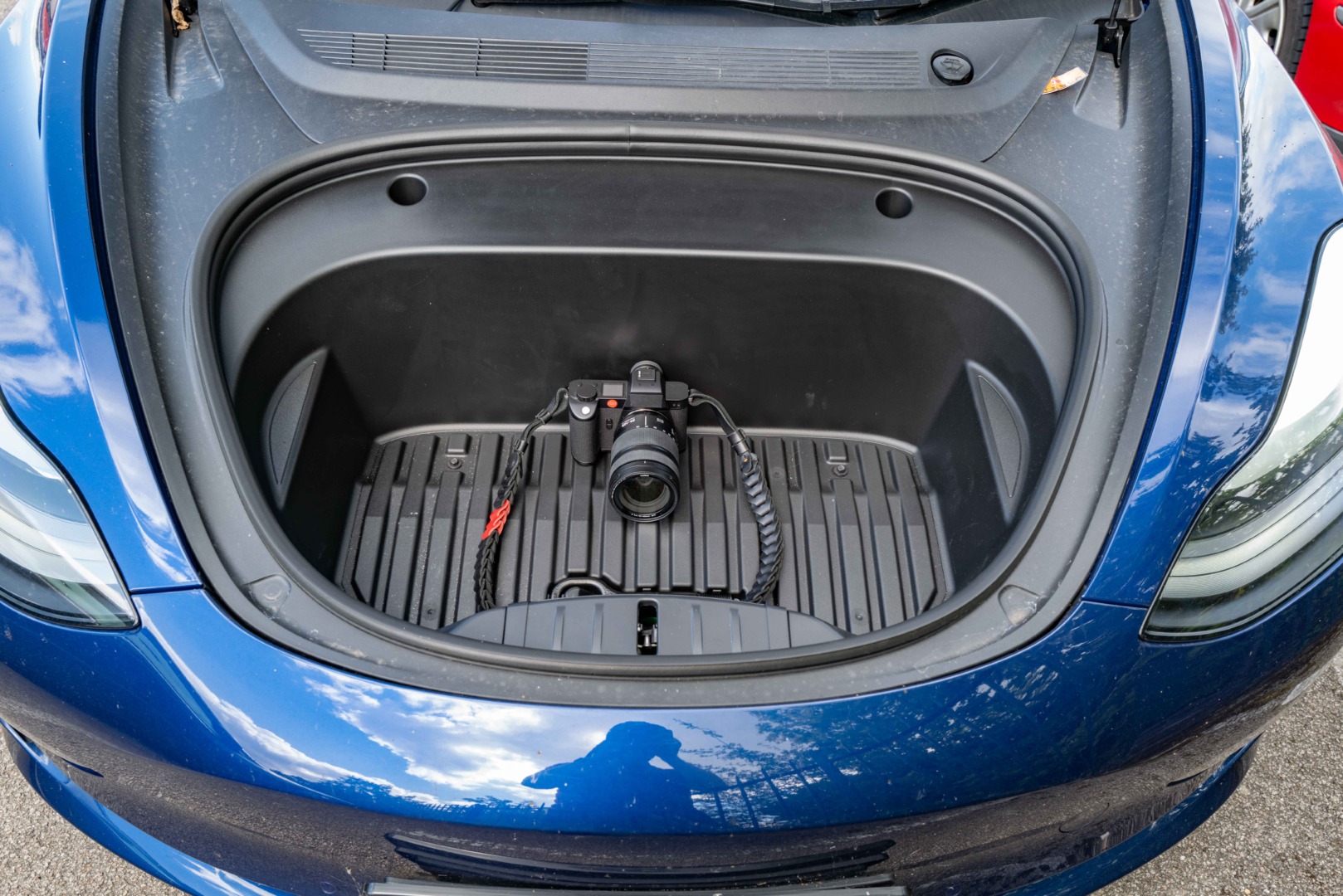
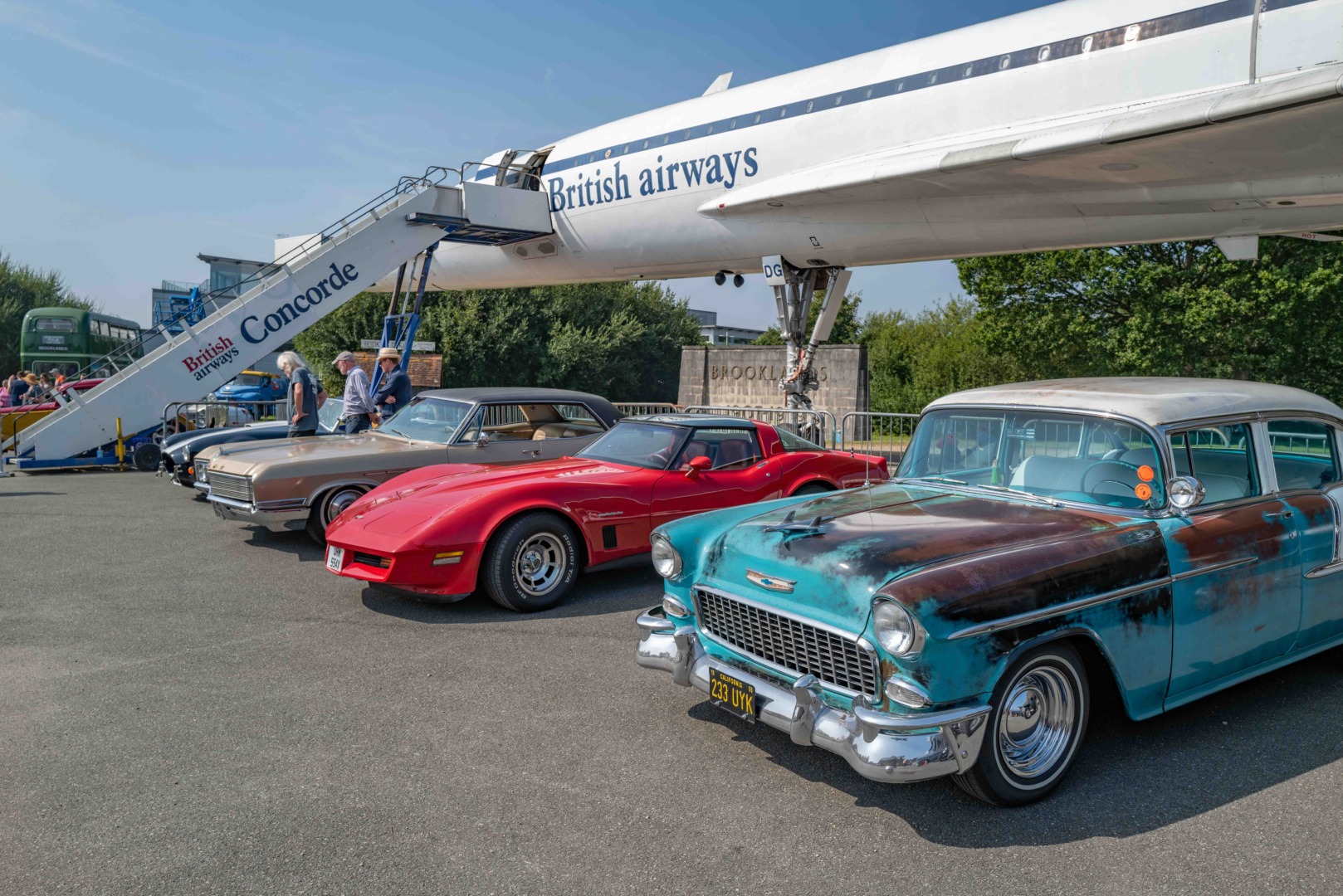
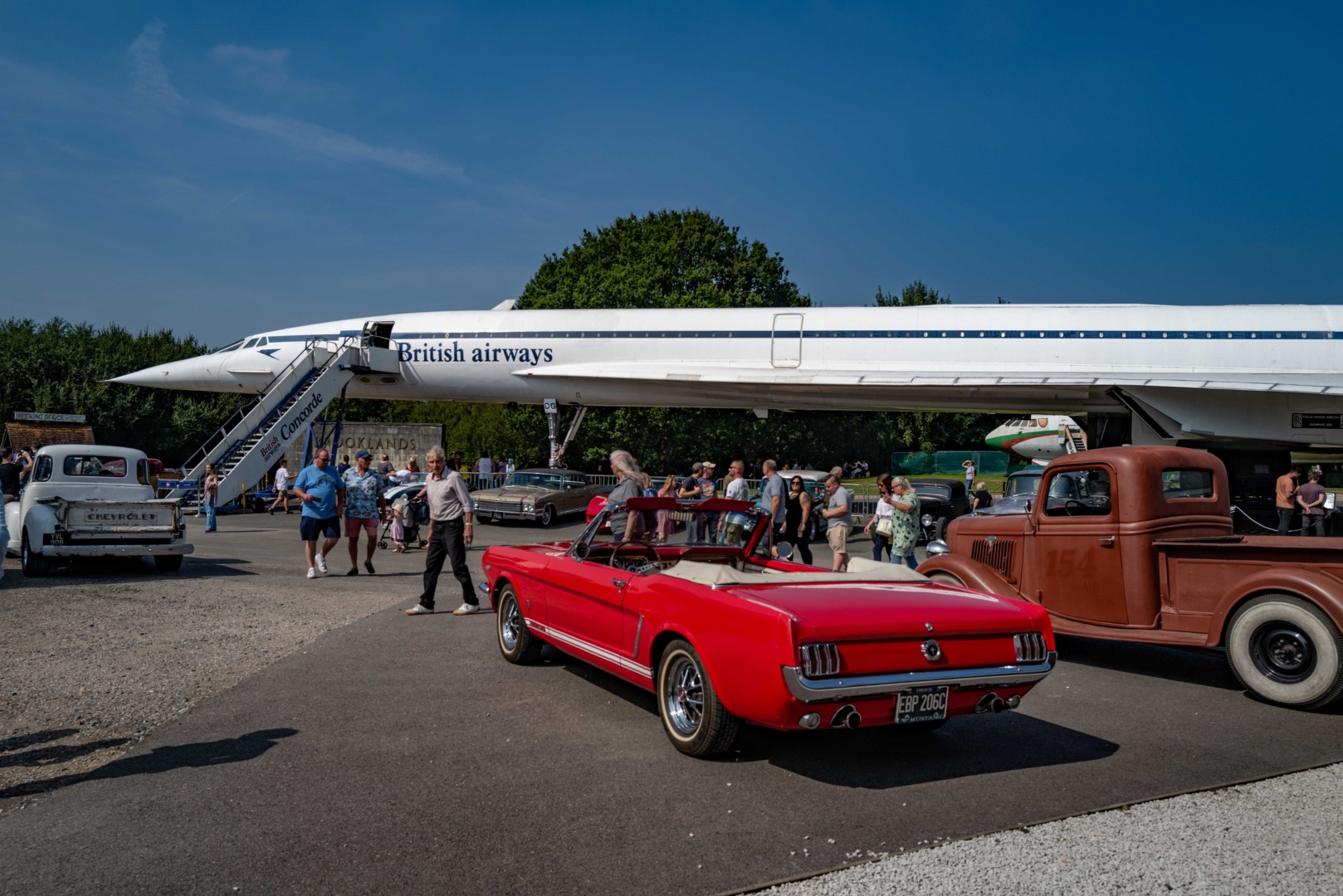
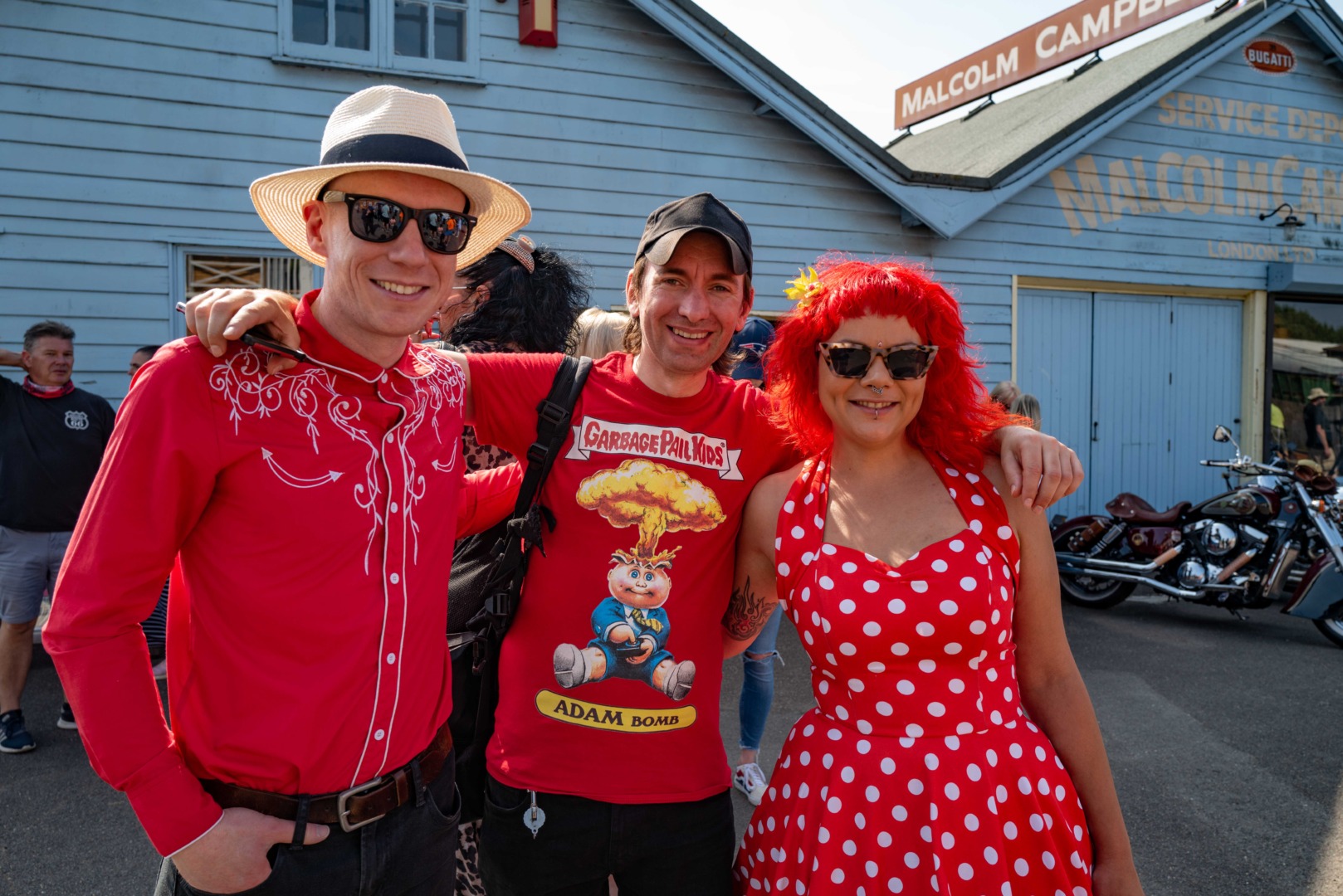
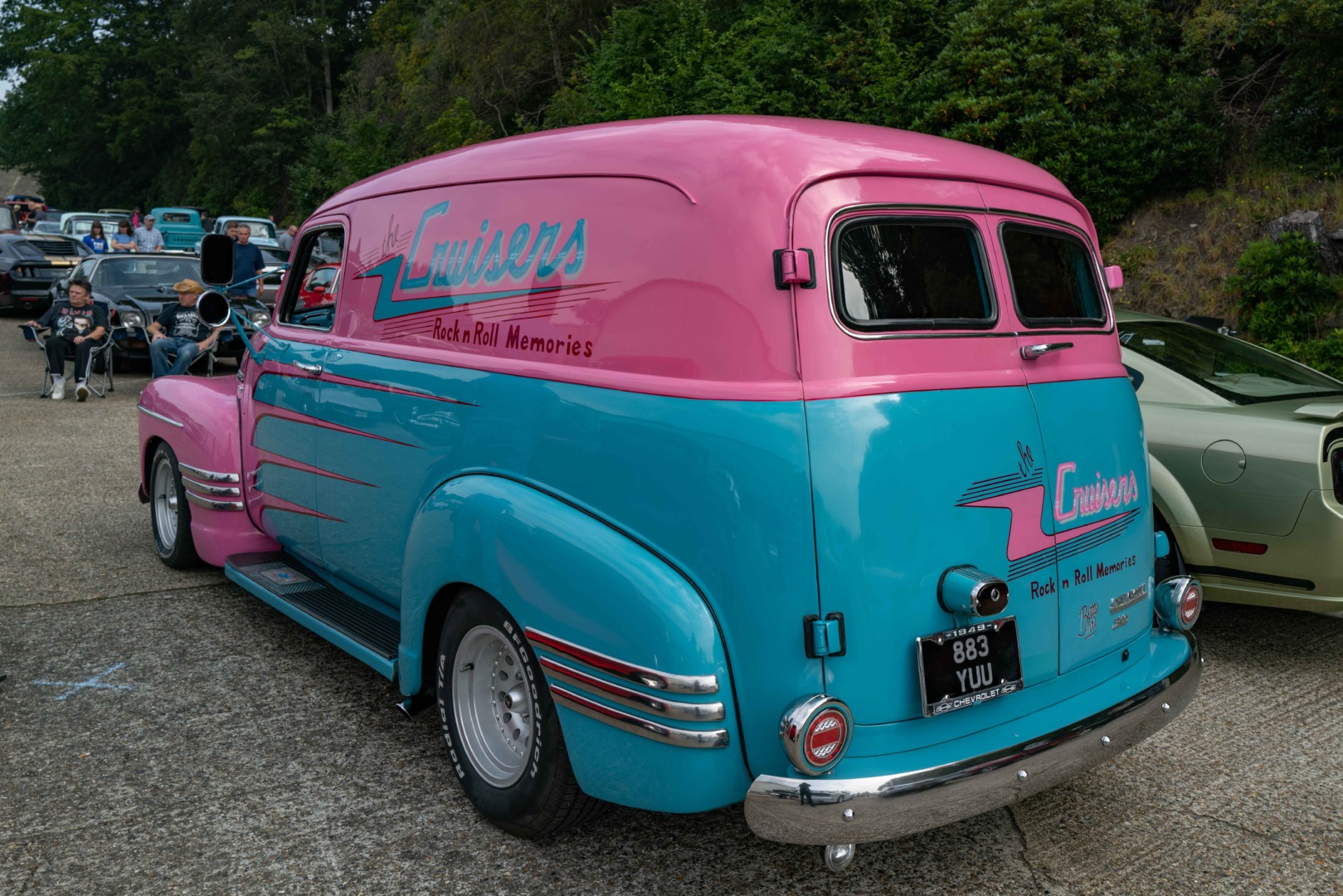
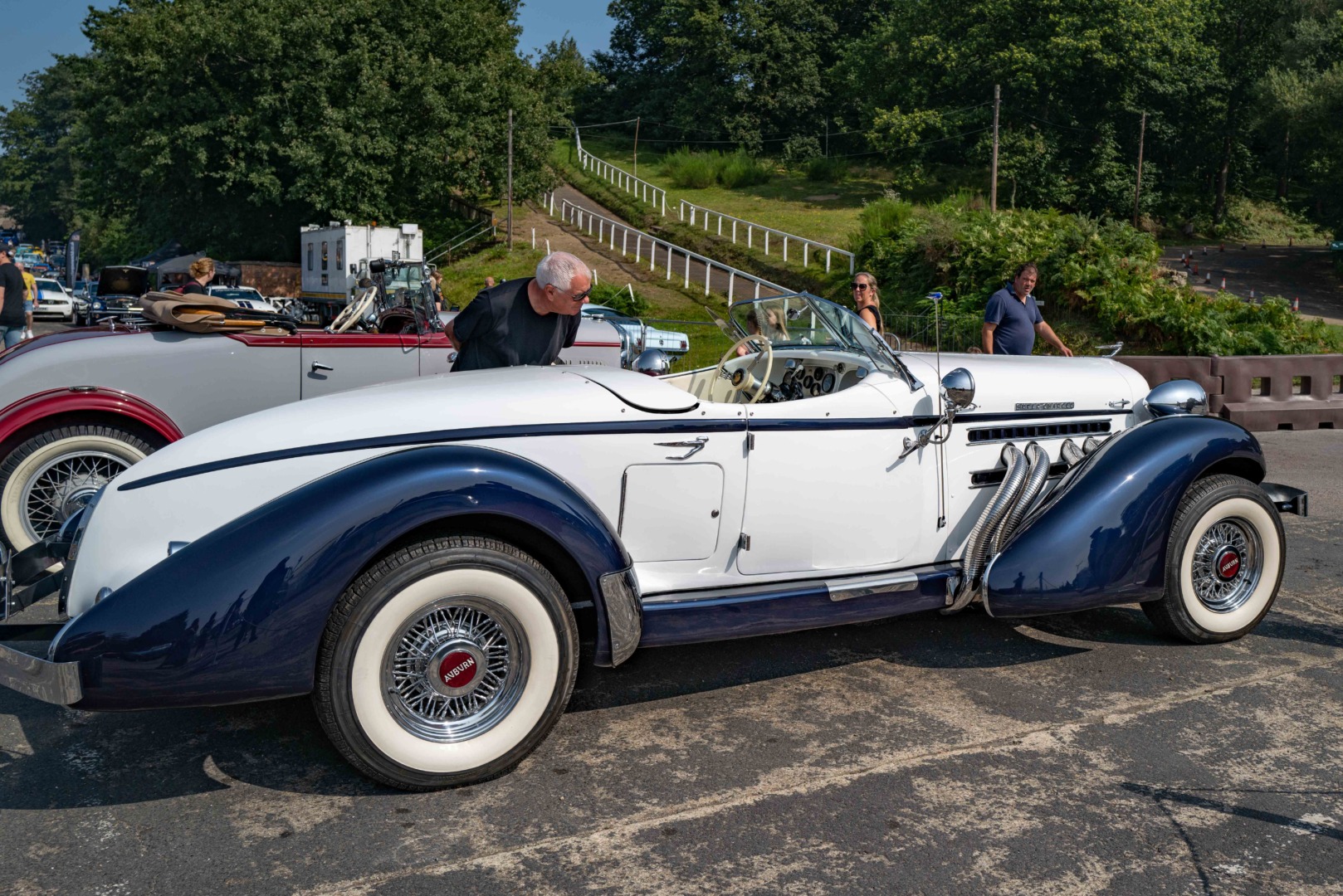
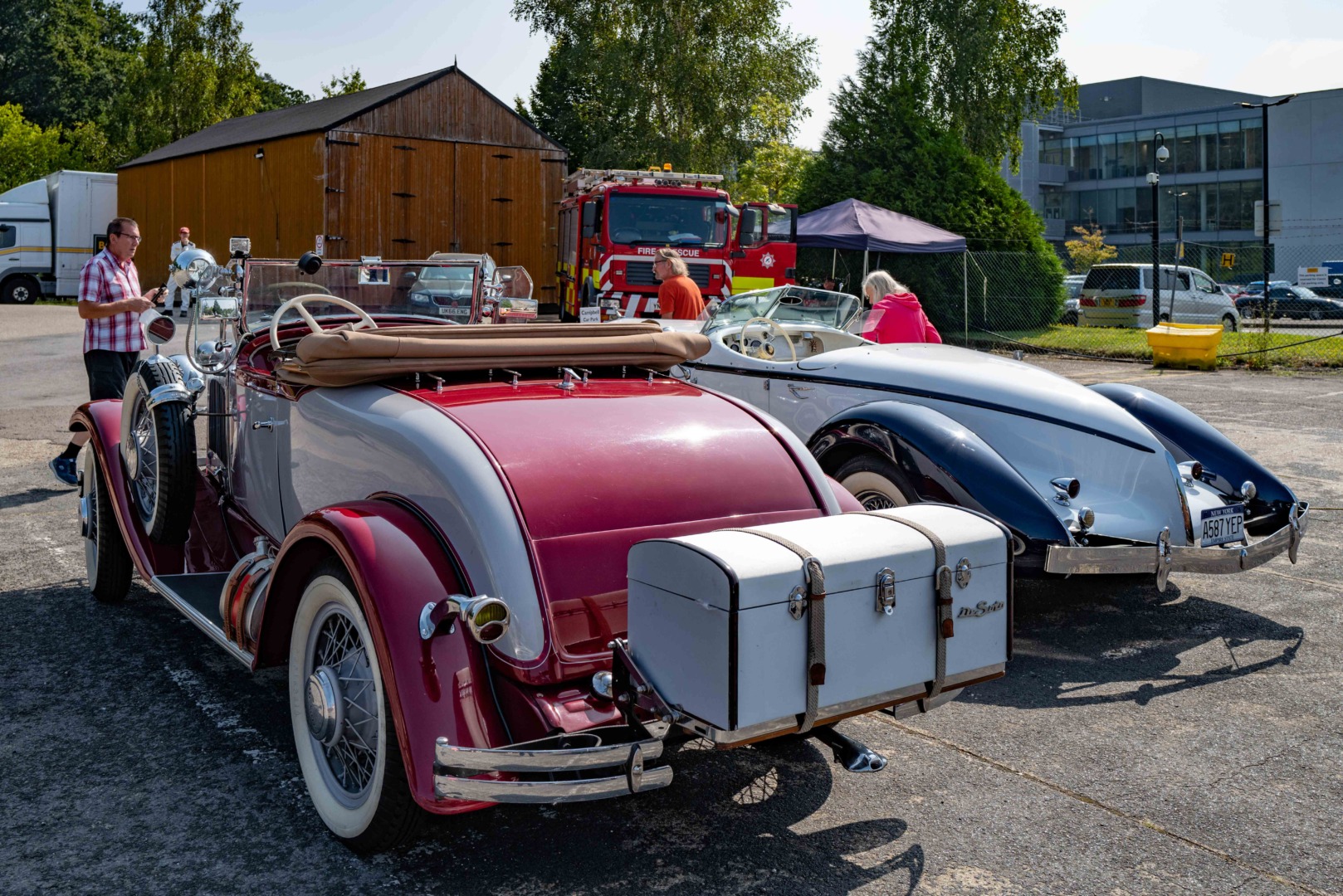
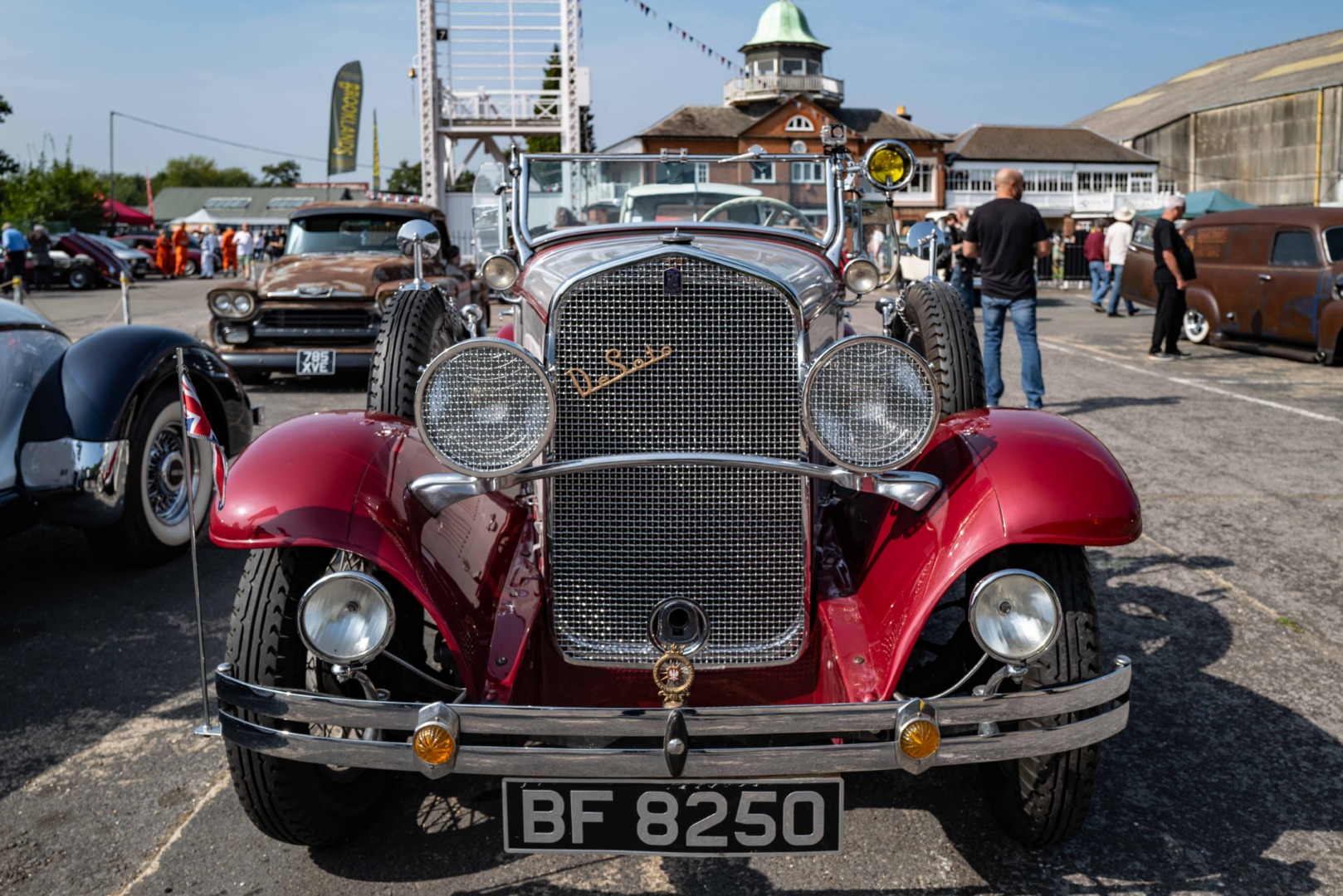
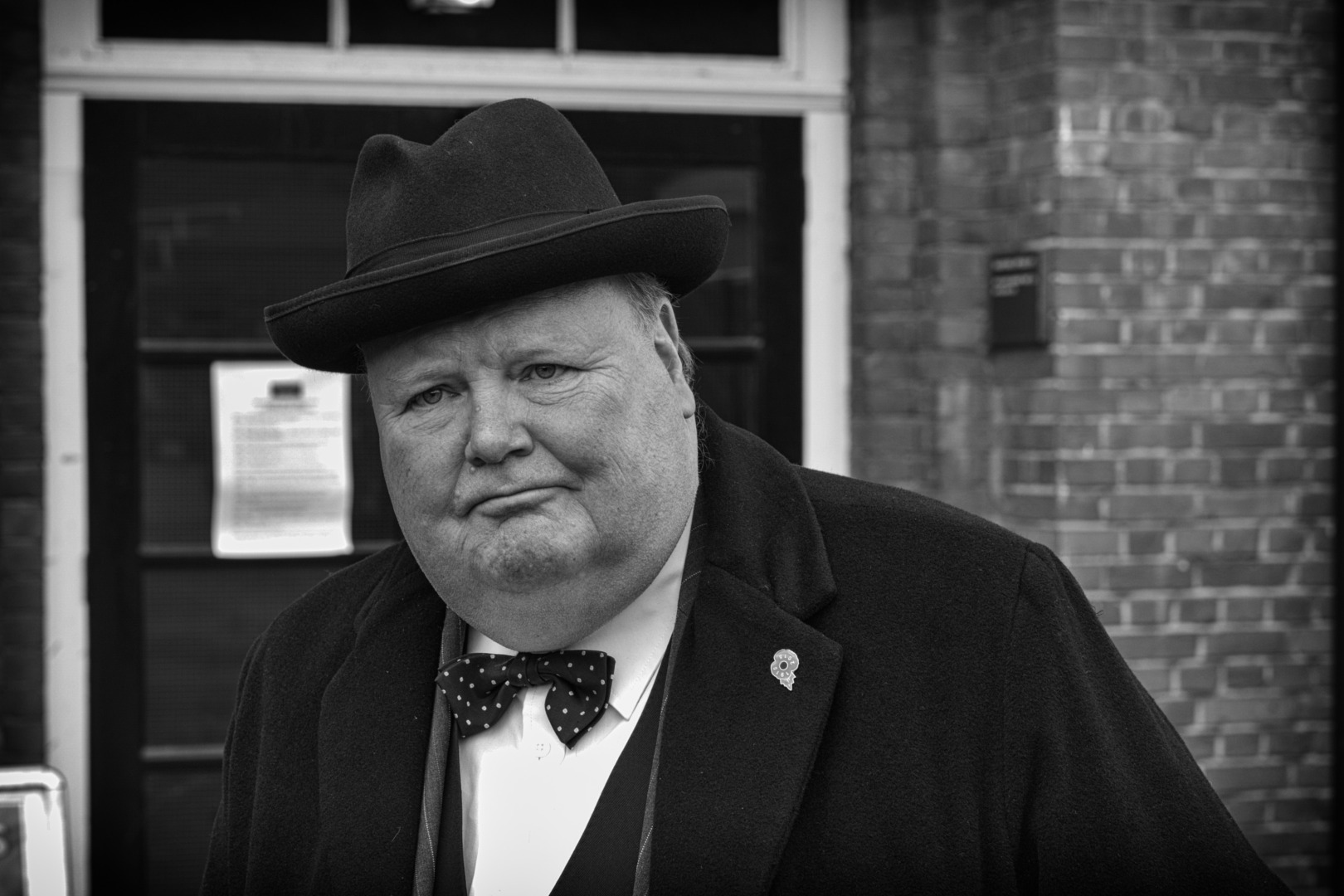
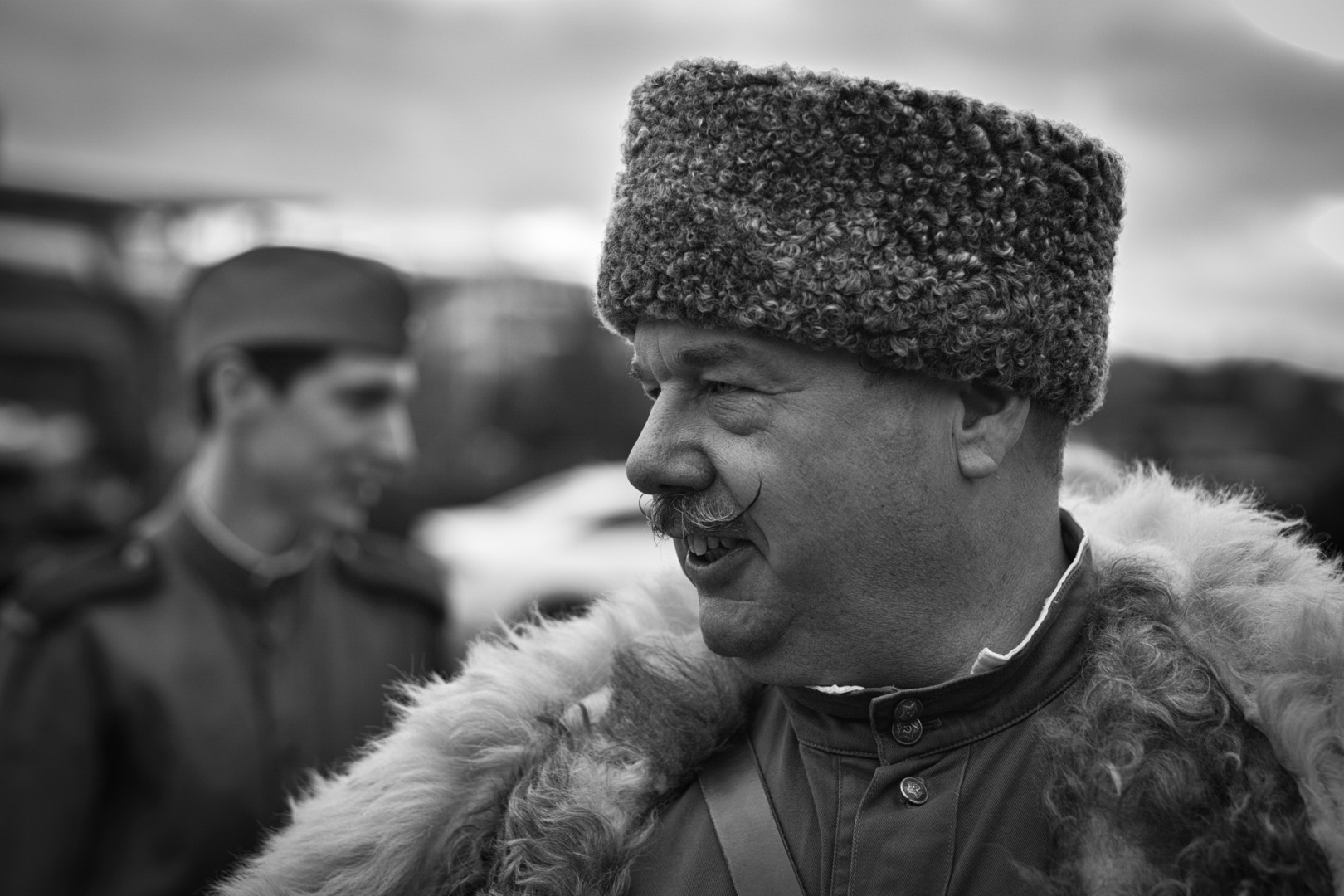
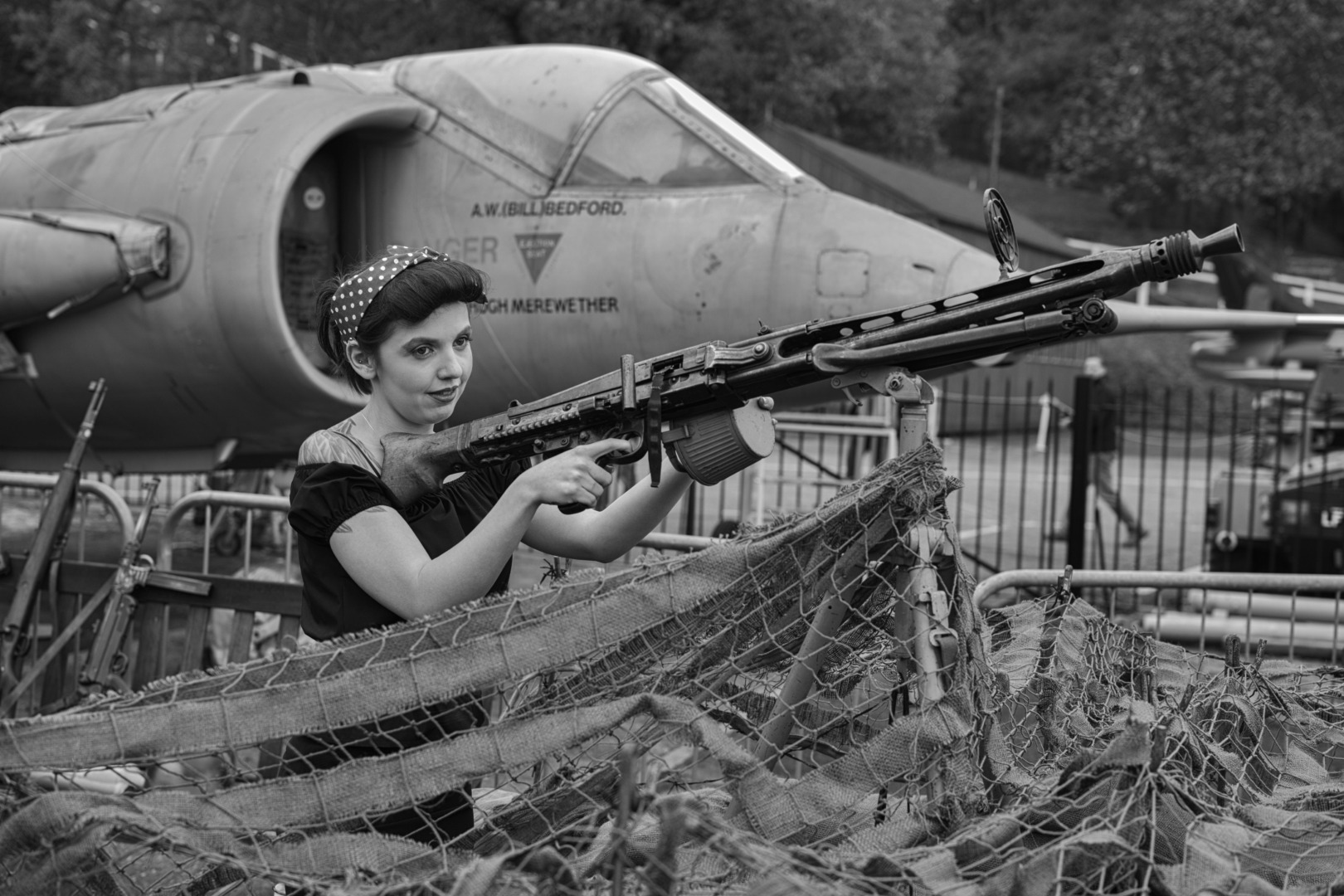
I got a flashback of you taking a pic of us on your lovely Leica Camera, had a google to see if i could find the pic of us (IN RED) and there were are, cheers mate 🙂
Thanks, Daz. Glad Google came up trumps! It was a good day out and I’m looking forward to more photo opportunities at Brooklands.
Are you happy with the Sigma 24-105? It appears you are. It seems to go well with the SL2.
I have both the 20-60 and 24-105 and I’m happy with both. Excellent value.
I thought it was a Panasonic 24- 105.
Yes. Did I say Signa? I’d better alter it! Just shows how confused I get.
you did not say Signa. I love the Panasonic 24-105/4 as well. They seem to have copy variations so just test that you have a good copy.
thanks Michael for a nice set of images. Is your Tesla powered by the Leica SL2?
Yes, 440 HP
I love that Rock n Roll van!
You are so blessed to have such a fascinating place to go visit. I would never get tired of going. i think the golden age of cars ended with the 60s. Cars after that have no appeal for me. I used to the year and make of a car. Now they all look the same and are often tapered at both ends just like dog debris.
You are also blessed that it is close by for your Tesla. 😅
Some how I screwed up “I used to be able to identify a car down to the year and make”.
An enjoyable set of images and captions, thank you Michael.
What sort of power increase would you expect from the Tesla if you uprated the power unit with the Panasonic 70-300 L-mount? There’s certainly room in there for the upgrade. Or would the weight penalty compromise performance and handling?
I think the longest Leica lens would give a boost. But then it would be cheaper to pay Elon Musk £1,500 for the power boost (enabled by software) which would knock 1 second off the 0-60 time. All we need these days is a firmware update, no fancy Cosworth engineering or tuning shops. How soulless it has all become.
What a feast of photo-opportunities, Mike. I can sense your considerable enjoyment. So I crave your forgiveness for commenting on your caption: “Cosworth cogs on full display”.
Only *#@#*🙄 would call gear-wheels “cogs”. Cogs could usually only be found on old wooden mangles, a primary aid in Victorian laundry rooms, long before electric-powered automation in modern households. Gears or gear-wheels, please, not COGS.
Now with two system cameras and a less-than-compact Q2, what was your choice of back-pack to tote your kit around Brooklands? We haven’t had a discussion on photo bags, for a long time.
Sorry, David. I did realise this was taking liberties, but I just liked “Cosworth Cogs” and wasn’t intending to be technical. It was a bit of fun! As for backpack, I normally use the Small Hadley Pro from Billingham. It holds both the Q2 and the SL2 with the 24-105 (without hood), although normally I just carry one camera. The Monochrom photos were taken some years ago, of course. I normally carry the smallest bag I can get away with and, in general, don’t go for backpacks…
Thank you, Mike. I share your preference for minimalism when choosing and packing kit for a day out. It can be slightly more complicated for a longer period.
On trips I carry the one camera in an old lens soft case. 🙂
.
I remember those ‘Invacars’ ..and the later ‘blow-over-in-a-breeze’ plastic three-wheelers made by AC ..at Thames Ditton; home of the AC racers and, at the other end of the scale, fibreglass invalid carriages.
(I also remember – at risk of being booked and prosecuted – stopping on the M1 motorway for an AC invalid carriage driver who was lonely and abandoned on the hard shoulder ..he’d run out of petrol ..but seemed oblivious to the ban on three wheeler (..here comes the non-PC jargon; look away now..) ‘cripple-carts’ using the motorway. I then took him in tow! ..another no-no.. till the next services, where he could top up with fuel, and – preferably – ring for the rescue services to pick him up and take him home.)
Where was I..?
For my Beloved’s birthday I always hire an old Roller for a trip out got some exotic-ish place (Chelsea Physic Garden, a trip down the Thames on a ‘Duck’ (amphibious) DUKW, visit to the Parliament and then to the Dorchester, etc), but this year we ‘made do’ with a Franay convertible Bentley of 1951, the only one there is, I believe. Usually they’re from the twenties or thirties, and heave along like a lorry!)
Er, that’s it: time for lunch!
Ah… the Duck! This is what I found: DUKW is a manufacturer’s code based on D indicating the model year, 1942; U referring to the body style, utility (amphibious); K for all-wheel drive; and W for dual rear axles. Called a “duck,” the vehicle was shaped like a boat. … The United States produced 20,000 DUKWs during World War II.
A friend called Sally shot a pop video – can’t remember the band – with them all piled onto the back of a Duck: we started from Riverside Studios ..she’d timed it to the second.. and drove around Hammersmith (west London) with the boys playing on the back, returned to Riverside and down the slipway at the side, out into the river, and ended up after 3 mins 57 seconds midstream beneath Hammersmith Bridge ..all in a single take.
But it looked so slick, no-one watching realised that the band started on dry land and ended up floating on water ..it looked so much like it was all back projection! ..What a waste of all that planning and talent!